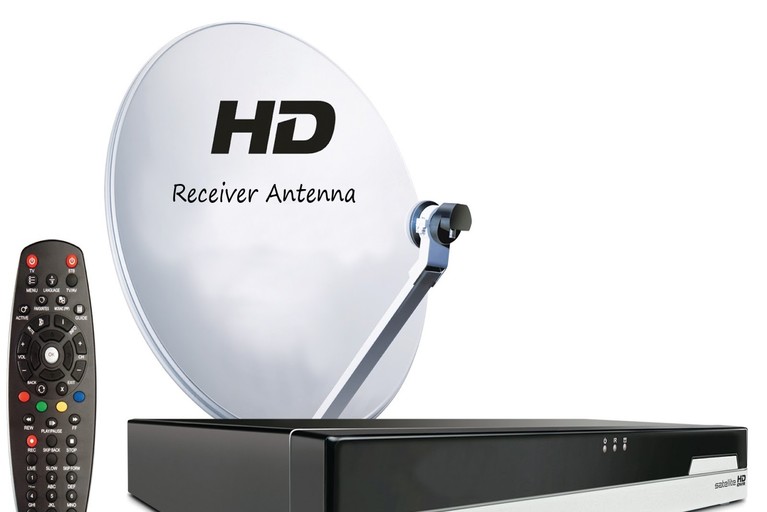
Have you ever tried to adjust your old TV Antenna? Of course, we did it or we have seen it earlier in our childhood. And also you would know how tough to adjust it in the proper position to provide clear picture quality.
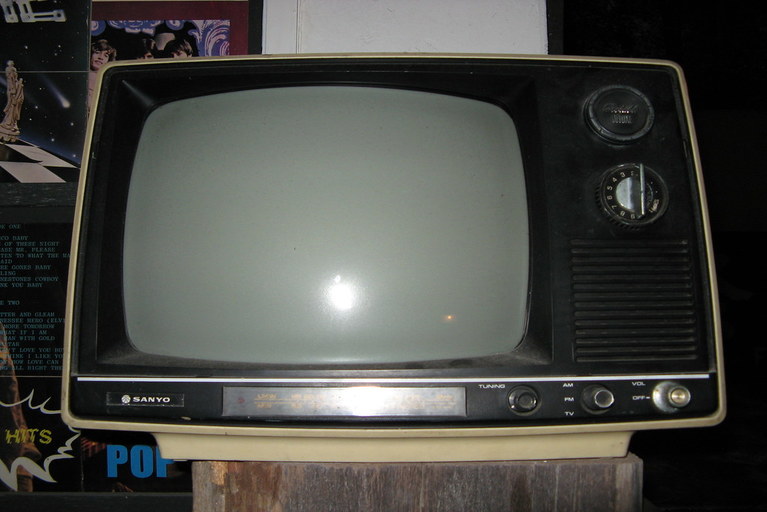
Black and White television with TV-tuner
This old TV antenna system mostly works on short wave transmission which is strongly affected by electromagnetic interference’s. In this old communication system, multiple signal repeaters are used at several points to improve the picture and audio quality. This communication uses YagiUda Antenna for signal reception. But as we know this communication system was not much effective to improve its quality.
The first satellite television signal was transmitted from Europe to the ‘Telestar satellite’ over North America in 1962. Now DTH (Direct to Home Services) provides better picture quality with less electromagnetic interference. This is a kind of panacea for the TV channel system.
Which things made it? Let’s have a look at TV STB (set-top box) that is providing you this amazing experience. A typical DTH service has the following elements:
- Transmitting earth station
- Geo-Stationary satellites
- Dish antenna
- Set-top box
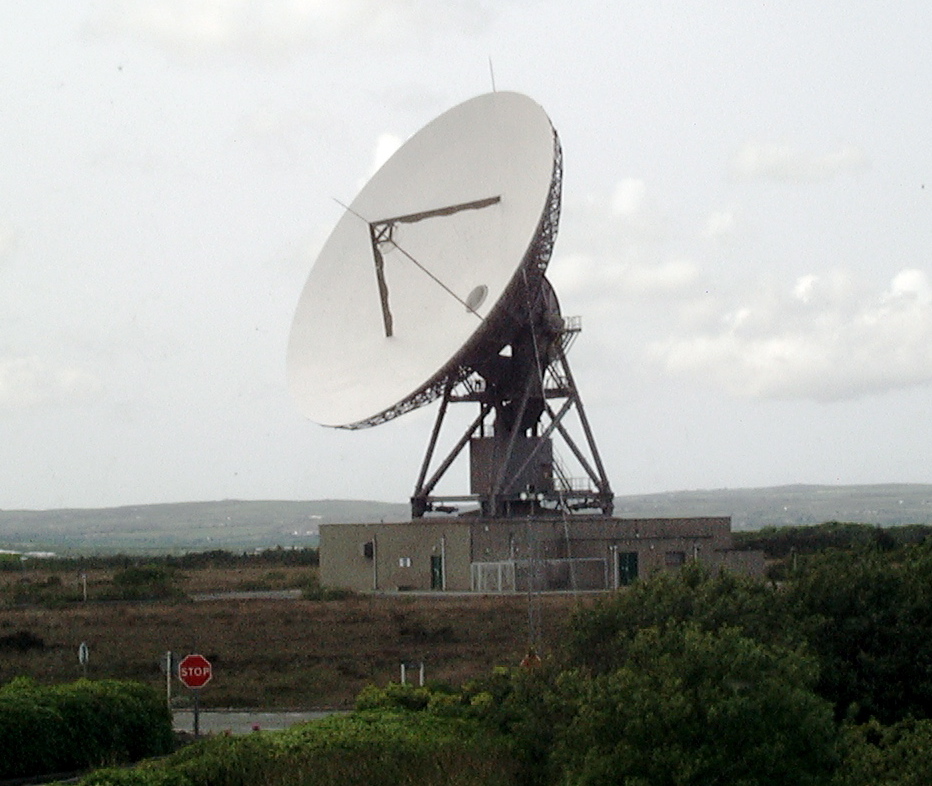
TV satellite earth station, for DTH services
Transmitting earth station:
It is a satellite signal transmission point. This station receives TV channels related program signals either via physical connectivity or by using satellite. In every country there is specified frequency standard has been defined for transmitting earth station.
These stations have powerful microwave transmitting devices and big-size parabolic antennas to transmit their signal towards the satellite. Most transmitting earth station’s antenna diameter is equal to 7 meters or more than 7 meters. Earth stations related devices should be well managed and maintained to provide flawless service.
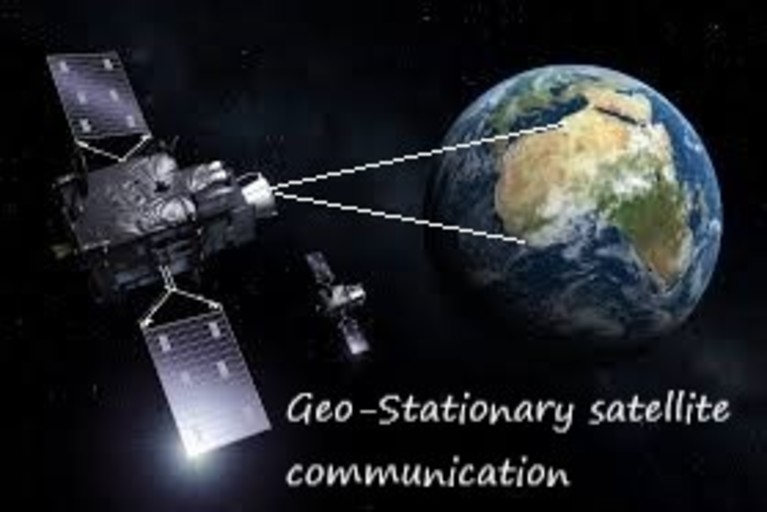
Geo-Stationary satellite in earth orbit to provide communication between two different locations
Geo-Stationary satellites:
Geo-Stationary satellites are those satellites that are in orbit that can only be achieved at an altitude very close to approximately 36000 Km (22369 miles) and which makes each satellite fixed over one longitude at the equator. In simple words, Geo-Satellite looks statics towards a point on earth.
More than hundreds of satellites are currently present in Geo-stationary orbit for further communications. Every country has its frequency bands for its different kinds of communications like TV signal Transmission/Reception, Defense communication, etc.
This satellite system receives the signal from several transmitting earth stations and again transmits it directly towards the end-user parabolic antenna (your dish antenna at rooftop). That’s why it provides more clear audio and picture quality over old short wave communication antenna services.
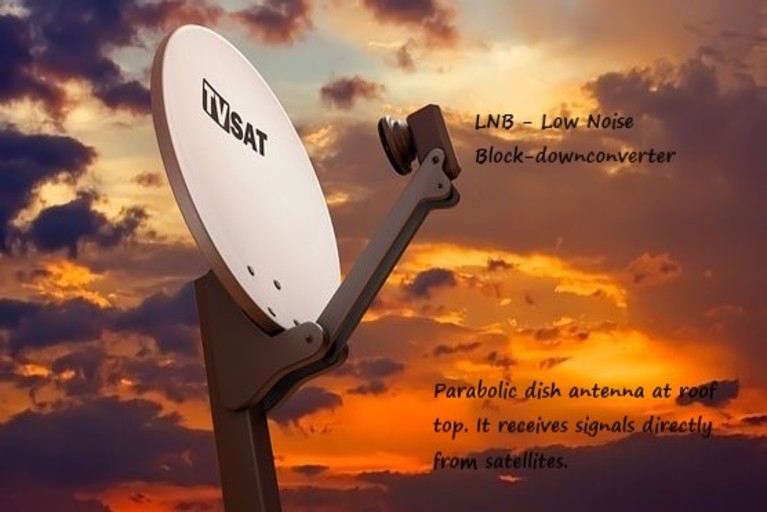
Parabolic dish antenna with LNB. It is outdoor unit in DTH communication
Dish antenna:
When the transmitted signal from Geo-Satellite reaches the viewer’s house, it is captured by a parabolic dish antenna. This parabolic dish antenna is specifically designed to focus on a signal source or transmitting satellite. At the viewer’s end, this antenna is only designed to receive signals.
This antenna has mainly two parts. One is a parabolic disc to focus signal at a particular point and the second is LNB (Low Noise Block-downconverter).
LNB is the device on the front of a satellite dish that receives the very low-powered microwave signals from the Geo-Stationary satellite, amplifies it, and after converting the received signal to a lower frequency band; it sends this signal to the indoor set-top box.
Most of the LNB used for DTH use dielectric resonators stabilized local oscillators. LNB is the central element of the Dish antenna. It is primarily connected with an indoor unit or set-top box using a co-axial cable. Co-axial cable provides good impedance matching to receive a good quality signal from the Dish antenna. And it also delivers power to LNB from an indoor unit to receive and boost satellite signal.

Interfaces of set-top box to make connection with TV and dish antenna. It is back side of set-top box and it also has power button
Set-top box:
This is an indoor unit in direct to home communication. Set-top box takes the input signal from the dish antenna by using co-axial cable. Basic direct to home service set-top box has a smart card that provides a unique subscriber ID to the set-top box. In short this smart card stores identity of the viewer.
Let’s have a look into the inner hardware units of this satellite set-top box:
- Power supply unit
- Smart card slot
- Receiver front end
- STB decoder
- RAM
- RF modulator
- Flash memory
- DVB-CI slot
Power supply unit:
It is responsible to provide a power supply to the set-top box by using various standalone adapters. These adapters convert input AC (110 to 220 volt) to DC (5 to 12 volt) and distribute this supply to different inner units of set-top box.
Smart card slot:
This unit holds a smart card. The smart card is also used to decrypt different channels.
Receiver front end:
This part of STB (Set-Top Box) is mainly responsible to perform the below functions:
- Receiving the broadcasted signal from the satellite
- Demodulate the received signal
- Send this demodulated signal to the STB decoder circuit
STB decoder:
It is a central processing part of the STB. As per the current generation of set-top boxes, most of the features are integrated with STB decoder chips. It is a kind of system integration that is also known as a system on chip (SOC). Set-top box SOCs have a large number of inbuilt video decoders, de-multiplexers, demodulators, etc. and some peripherals like USBs.
RAM:
As we are already aware with RAM (Random Access Memory). In STB RAM is responsible to hold data like audio and video information in buffer memory to provide continuous streaming or flow of your favorite programs. In normal set-top boxes, the RAM size limit is 32 MB whereas in HD set-top boxes its size is 256 MB. Some of the set-top boxes also provide ROM memory or a hard disc to record your programs.
RF modulator:
RF modulator is mainly used to provide RF signal by using received audio and video signal. It is mainly used to generate RF signal for old Television models those have only RF input.
Flash memory:
It stores boot loader, main set-top box applications, and some non-volatile information of viewers. Flash memory sizes in STBs are varying from 8 to 64 MB.
DVB-CI slot:
This slot provides to support different CAS (Conditional Access Schemes). DVB-CI card slot is responsible to provide several conditional schemes. The DVB-CI card decrypts the channels encrypted by CAS as per their plan or schemes.
Thanks for reading. See you soon with another exploration!

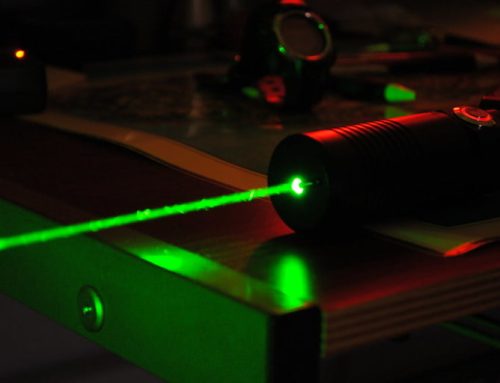


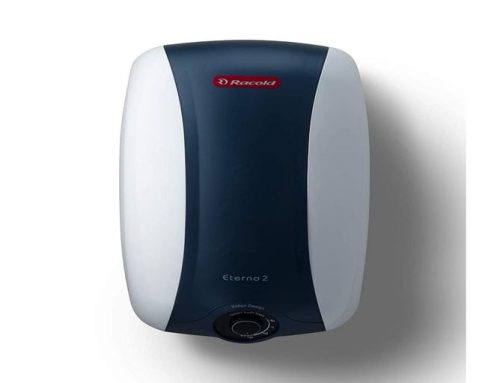

[…] The parabolic reflector is primarily constructed of metal, usually, a frame covered by metallic mesh at the inner side. The larger the diameter of the reflecting surface of the antenna the higher the parabolic reflector gain will be. The parabolic reflectors are also being used in setup-Box communication. […]